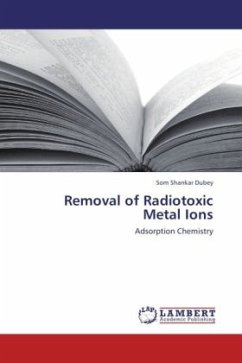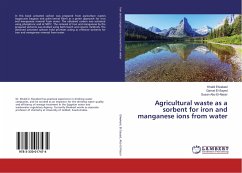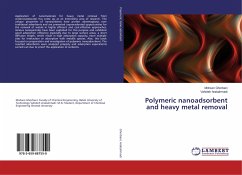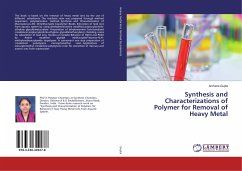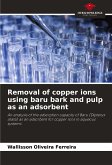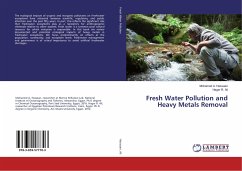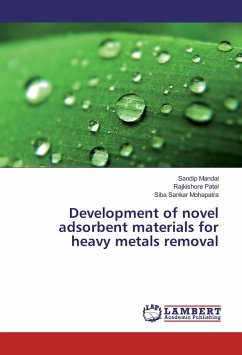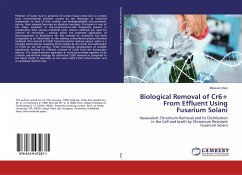During recent years, the adsorption process has also come on fore front as one of the major techniques for the removal of heavy metal toxic ions from polluted aqueous wastes. The process has been found to be useful due to its high efficiency, selectivity, low maintenance cost and ease of operation. Hydrous oxides of polyvalent metal ions have efficient capacity to take up cations, including heavy metal ions, and are superior to other adsorbent materials because of their leach resistance property and stability against high temperature and radiations. The radiotracer technique has emerged as more sensitive than all other methods and has been used in the study of adsorption over a wide range of adsorptive concentrations (i.e., at micro down to tracer level) even on small surface areas.
Bitte wählen Sie Ihr Anliegen aus.
Rechnungen
Retourenschein anfordern
Bestellstatus
Storno

